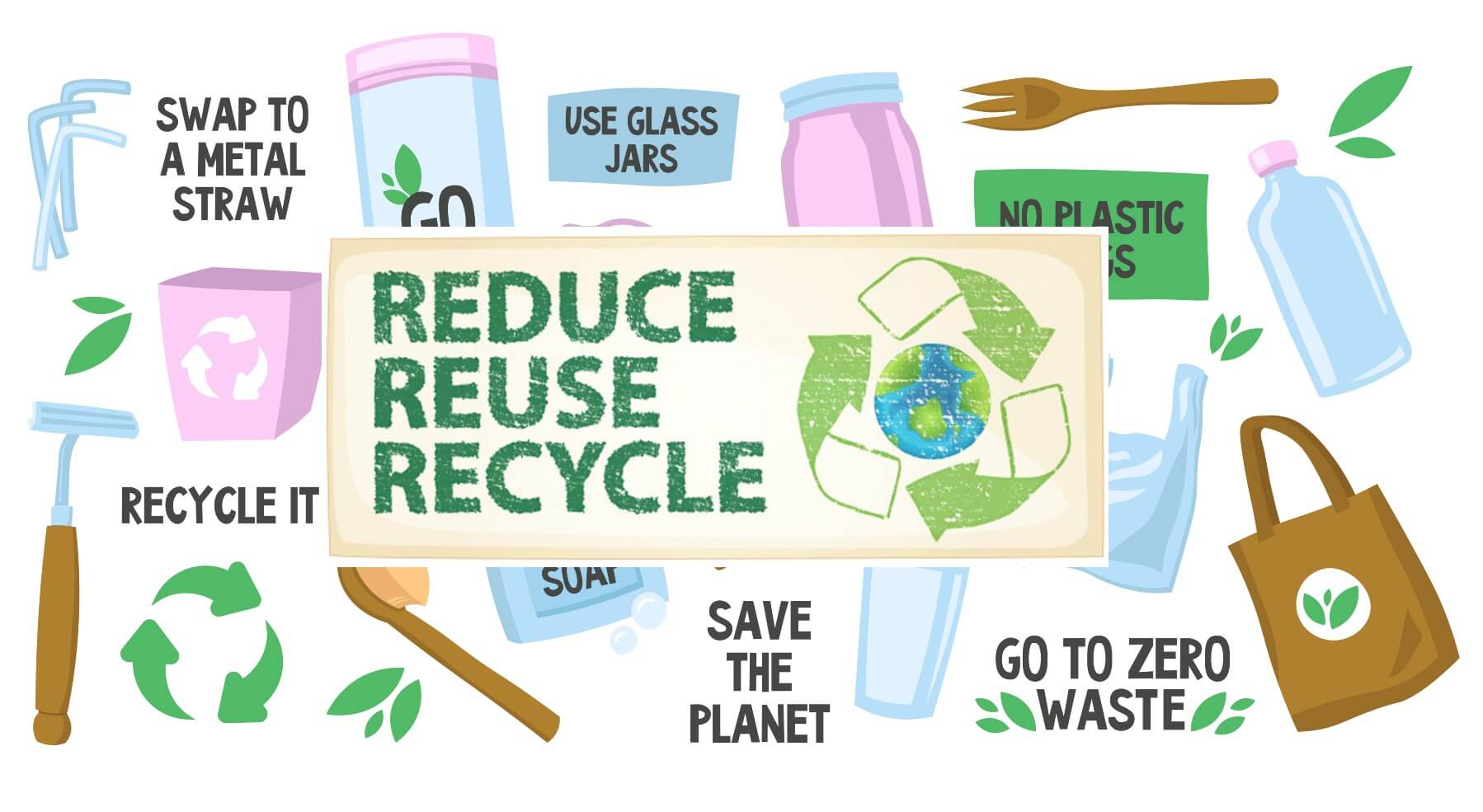Bioplastics: Where we started, where we are and where are we going?
The term bioplastics itself is extremely confusing. This is because bioplastics are made from biomass, but may have exactly the same properties as ordinary plastic. Sometimes these plastics are biodegradable. As of recent reports, bioplastics represented approximately 0.5-1.0% of the global polymer market. Although bioplastics are not commercially significant, research continues on this topic.
Let's try to understand this way, term “bioplastics” is actually used for two separate things: bio-based plastics (plastics made biological matter such as sugarcane, potato starch or the cellulose from trees & straws etc.) and biodegradable plastics (plastics that can be completely broken down by microbes in a reasonable timeframe, given specific conditions). Not all bio-based plastics are biodegradable, and not all biodegradable plastics are bio-based.
These bio-based plastics, or bioplastics, are used for bags, food packaging, disposable cups, etc. Even though they may eventually biodegrade if disposed of properly, bioplastic behaves like ordinary plastic in the environment and therefore, cannot be a long-term solution. If this is the case, consumers still need to know whether the plastic is biodegradable in an industrial composting facility or in the natural environment.
Classification Of Biobased Plastics According To Biodegradability
BIODEGRADABLE PLASTICS
Starch based: It is most widely used bioplastic, constituting about 50 percent of the bioplastics markeIt can be a substitute for Polystyrene (PS).
Properties: Low water vapour barrier, Poor mechanical properties, Bad processability and Brittleness.
Cellulose based: Cellulose bioplastics are mainly the cellulose esters, (including cellulose acetate and nitrocellulose) and their derivatives, including celluloid. It can be substitute for Polypropylene (PP)
Properties: Low water vapour barrier, Poor mechanical properties, Bad processability and Brittleness.
Polyhydroxyalkanoates (PHA) and (PHB): These are linear polyesters produced in nature by bacterial fermentation of sugar or lipids. These plastics are being widely used in the medical industry.
Properties: Ranging from stiff, brittle to semi rubber-like. It has better oxygen barrier properties than both PP and PET, better water vapour barrier properties than PP, and fat and odor barrier properties that are sufficient for use in food packaging.
Polylactic acid (PLA): Superficially, it is similar to conventional petrochemical-based mass plastics like PS. It has the distinct advantage of degrading to nontoxic products. Unfortunately it exhibits inferior impact strength, thermal robustness, and barrier properties. It can be alternative to LDPE and HDPE, Polystyrene (PS), Polyethylene terephthalate (PET), Polypropylene (PP)
Properties: High tensile strength and modulus. However, its brittleness and low crystallinity led to low thermal stability and limited applications.
NON-BIODEGRADABLE BIOPLASTICS
Bio-based Polyethylene terephthalate (PET)
Applications: PlantBottle by Coke, Bottles.
Processing:
- Fermented and distilled to ethanol
- Monoethylene glycol (MEG) from bio-ethanol
- MEG is combined with purified terephthalic acid (PTA)
Bio-based Polyethylene (PE)
Application: Carry bags, films and bottles
Processing:
- Fermented and distilled to ethanol
- Dehydrated to ethylene
- Polymerisation
Bio-polycarbonate
Application: A substitute for high-performance glass components, electronic equipment, automotive housings, interior and exterior decor
Processing:
- Hydrogenation of glucose to produce sorbitol
- Isosorbide is obtained from double dehydration of sorbitol
Bio-Polyamide (PA)
Application: Electronics, Automotives, Sports
Processing: The dicarboxylic acid (sebacic acid) part of polyamide is produced from renewable resource (castor oil)
FACTORS BEHIND BIOPLASTICS MARKET GROWTH
-> Mandates & regulations
-> Increasing eco-awareness among consumers
-> Corporates becoming more focused on sustainability
-> Technology stabilization
-> Cost reduction
BIOPLASTICS HAVE TO OVERCOME CHALLENGES FOR LARGE SCALE MARKET PENETRATION
-> They are much more costly than conventional plastics (could be 2-4 times as costly, depending on product)
-> Upstream technology is still evolving, and hence there are uncertainties in technologies and processes
-> Uncertainties present in post-use processing and end of life options for bioplastics
-> Substitutes and competitive challenges to the adoption of bioplastics in many mainstream markets
-> Customer awareness- a number of misconceptions result in a poor and sometime faulty understanding of the market
LET'S SEE SOME EMERGING END-USE SEGMENTS OF BIOPLASTICS
-> 3D printing
-> Metalized Biaxial oriented -PLA films for food packaging
-> Baby products - Toys and Teethers
-> Modified PLA for durable applications - Interiors and under the hood automotive parts
CONCLUDING REMARKS
Rising product demand in the packaging industry will drive the market further. Bioplastics are also used in other application industries including agriculture, consumer goods, textile, automotive & transportation, and building & construction. This is also likely to support market growth. Europe is anticipated to witness the maximum growth over the forecast period. This is attributed to the factors, such as the presence of stringent regulations and increasing environmental concerns.

